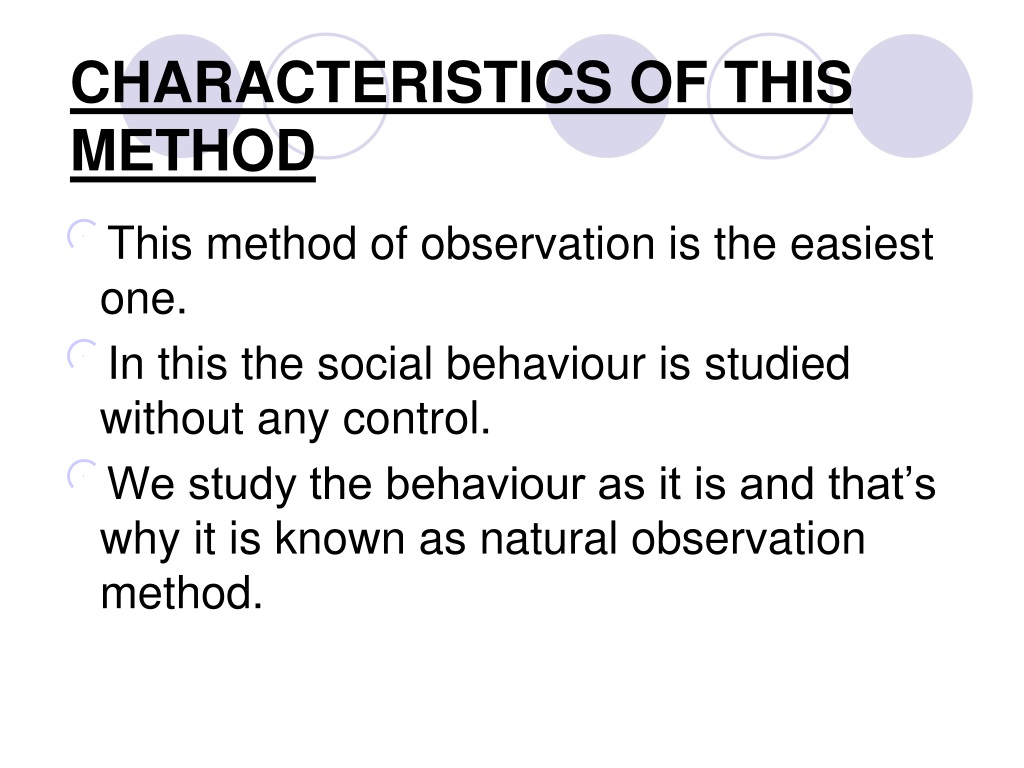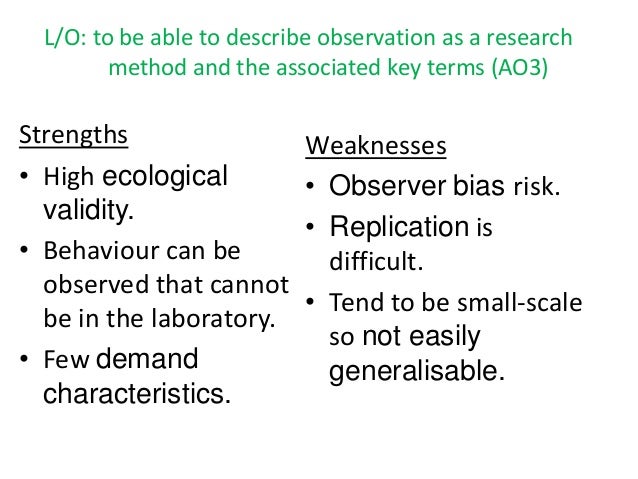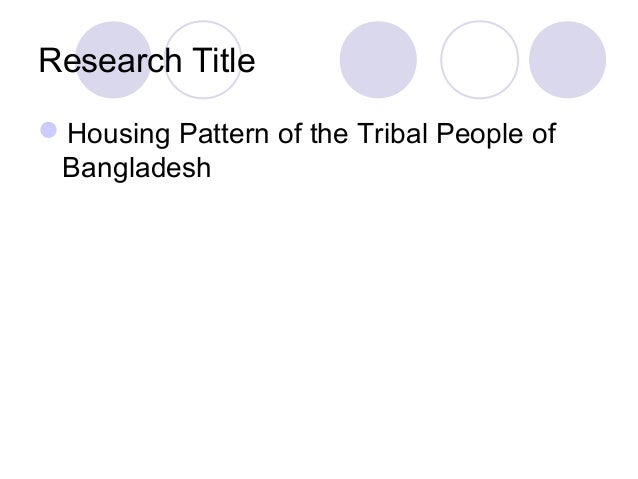

Large-scale spatial audits can be time and cost intensive. Auditing large urban centers is a daunting task direct observational field audits require auditors (two or more for reliability assessment) to be physically present to evaluate and observe the built environment at multiple locations. However, few studies have used direct observational data collection techniques to evaluate neighbourhood characteristics over entire urban centers. Direct observation of the BE allows for the collection of fine-grained details at various spatial scales.


The most effective approach to BE auditing is direct observational research. However, results based on resident perceptions can contain response bias and census data are limited to information on neighbourhood socio-economic structure and rarely capture information on the BE qualitative characteristics. Common data collection techniques include observations of resident perceptions (via phone interviews or mailed questionnaires) or secondary use of census data. Neighbourhood level BE audits use a wide range of data collection techniques to gather information about the contextual factors that can affect residents. This study adds to those efforts by presenting an efficient and effective method of undertaking qualitative neighbourhood observations over large urban areas using mobile GIS technology. There have been recent efforts to evaluate new methods of qualitative observations of neighbourhood BEs using new approaches and technologies. Given the potential importance of such evidence for neighbourhood renewal efforts and policy formulation, there is a fundamental need to evaluate the methods, context, and manner through which such research is completed. Establishing such linkages forms the basis for evidence based decision making that can improve neighbourhoods and the well-being of residents. At the neighbourhood level, the impact of the built environment on physical and mental health has provided evidence of the link between urban disorder and social status. The impact of qualitative characteristics of the built environment (BE) on health and well-being has become well established in health geography. The proposed approach to direct neighbourhood auditing performs sufficiently and has the advantage of financial and temporal efficiency when auditing a large city.

At the neighbourhood level, aesthetics is positively related to SES and physical activity and negatively correlated with BMI. The SSOI was internally consistent and demonstrated good to excellent interrater reliability. The observed neighbourhood average aesthetics index score estimated from four or five stratified random audit locations is sufficient to characterize the average neighbourhood aesthetics. Finally, we present interrater reliability and consistency results on all observed items. The reliability of our method was tested in two ways: first, in 15 Ottawa neighbourhoods, we compared results at audited locations over two subsequent years, and second we audited every residential block (167 blocks) in one neighbourhood and compared the distribution of SSOI aesthetics index scores with results from the randomly audited locations. Our audit method uses spatial random sampling stratified by residential zoning and incorporates both mobile geographic information systems technology and virtual environments. Herein, we introduce a novel direct observational audit method and systematic social observation instrument (SSOI) for efficiently assessing neighbourhood aesthetics over large urban areas. With the expansion and growth of research on neighbourhood characteristics, there is an increased need for direct observational field audits.


 0 kommentar(er)
0 kommentar(er)
